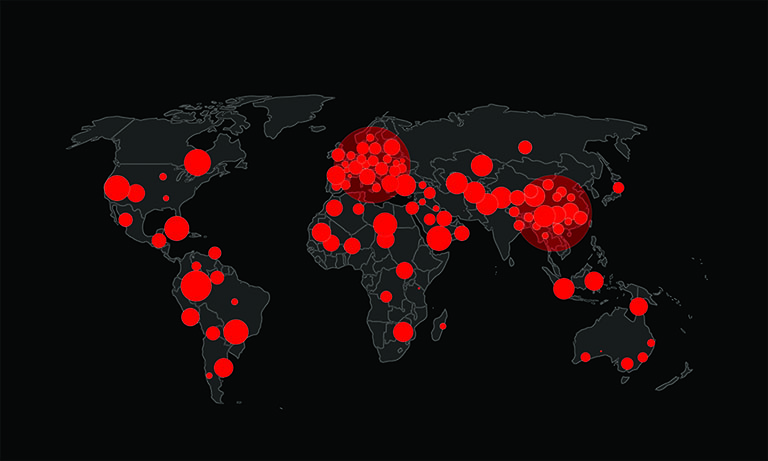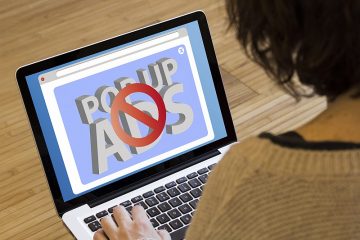What's Behind The Microsoft Account Locked Pop-Up Scam
Table of Contents
What Is the Microsoft Account Locked Scam?
The "Microsoft Account Locked" pop-up scam is a deceptive scheme designed to trick users into believing their device has been locked because of illegal activity. This fraudulent message appears on suspicious websites and urges visitors to call a fake support hotline pretending to be affiliated with Microsoft.
False Claims and Deceptive Tactics
This scam typically presents a message stating that the user's phone has been locked due to detected money laundering activity. The message creates a sense of urgency by displaying a helpline number, pressuring users to seek "assistance" to unlock their devices. Clicking the "Unlock now" button often leads to another pop-up that insists on calling an emergency support line.
Here's what the fake message says:
Microsoft
Running troubleshooters in Get Help
Account Locked
Your phone is locked due to detected illegal activity. Your account has been disabled because we have found money laundering activities on this device.
Unlock now
The Microsoft Support and Recovery Assistant has been replaced with troubleshooters integrated into Get Help.
Get Help has troubleshooters you can run for many common scenarios. These often help resolve issues without the need to contact support. If a troubleshooter is available for your issue, select Start to run that troubleshooter.
Call 18333982352
How the Scam Operates
When victims call the provided number, scammers posing as Microsoft-certified technicians attempt to convince them to grant remote access to their devices. This is usually done using legitimate remote access tools such as TeamViewer or UltraViewer, which allow scammers to control the system as if they were physically present.
The Risks of Granting Remote Access
Once access is established, scammers can make various unauthorized modifications to the victim's device. These include disabling security features, installing fraudulent security software, and even deploying harmful programs. The goal is often to steal sensitive information, such as login credentials and financial data, or to demand payment for unnecessary "security services."
Financial and Security Consequences
Many victims of tech support scams are tricked into paying for fake security solutions or granting access to sensitive accounts. Scammers often use untraceable payment methods, making it difficult for victims to recover lost funds. In some cases, stolen credentials can be used for identity fraud, further amplifying the damage.
How to Recognize and Avoid Such Scams
Users should be aware that legitimate companies like Microsoft do not lock accounts or devices in this manner. Any pop-up claiming urgent action is needed should be treated with skepticism. Additionally, unsolicited messages demanding immediate action, especially those that request remote access or payment, are strong indicators of fraudulent intent.
Steps to Take If You Encounter This Scam
If a deceptive pop-up appears and prevents normal browsing, the best approach is to forcefully close the browser using Task Manager. When reopening the browser, ensure that the previous session is not restored to prevent reloading the scam page.
What to Do If Remote Access Was Granted
If you have already allowed remote access, take immediate steps to secure your system:
- Disconnect from the internet to stop further unauthorized activity.
- Uninstall any remote access software that the scammers used.
- Perform a full system scan using trusted security software to detect and remove potential threats.
- Change passwords for important accounts, especially those related to banking and email.
The Growing Trend of Online Scams
The "Microsoft Account Locked" scam is just one example of many online fraud attempts. Other similar scams include fake Windows Defender alerts, misleading software update errors, and pop-ups falsely claiming that multiple threats have been detected. All of these schemes rely on fear and deception to manipulate users into taking unnecessary and often costly actions.
How Scammers Spread These Pop-Ups
Fraudulent pop-ups often appear on websites that use rogue advertising networks. They may also be promoted through spam emails, social media messages, and misleading notifications. Users may encounter them after clicking on suspicious ads, visiting questionable sites, or mistyping URLs that lead to scam pages.
Best Practices for Online Safety
To lower the risk of encountering such scams, consider the following precautions:
- Avoid clicking ads or links from unverified sources.
- Be cautious with emails that contain unexpected attachments or links.
- Do not allow unfamiliar websites to send browser notifications.
- Use only official websites and trusted app stores when downloading software.
- Enable pop-up blockers and keep security software updated.
Key Takes
The "Microsoft Account Locked" pop-up scam is designed to exploit users through fear and deception. By understanding how these scams operate and following safe browsing practices, users can better protect themselves from falling victim to such fraudulent schemes. Awareness and caution remain the best defense against online threats.








